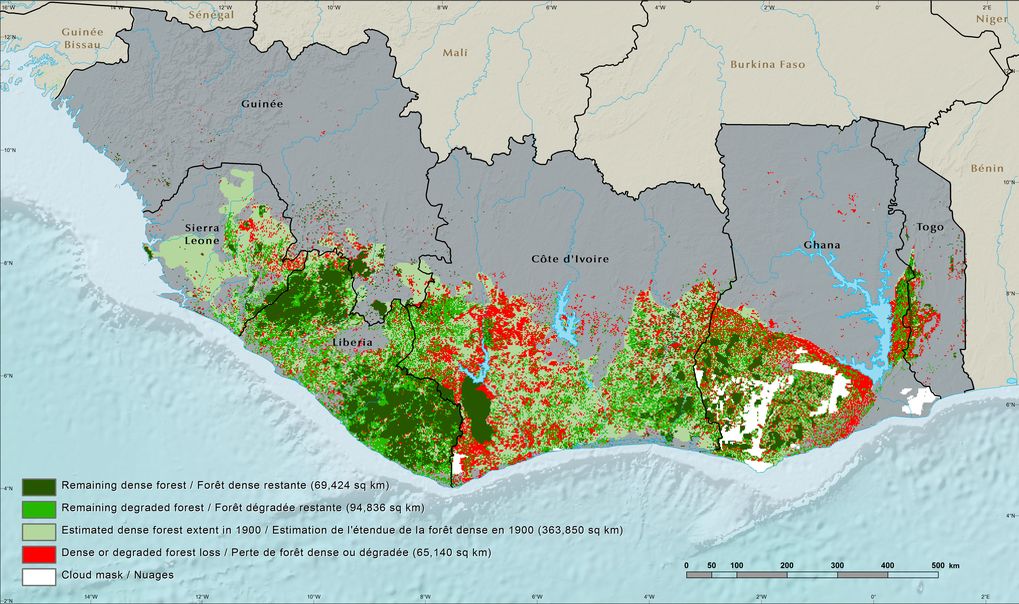What is the Impact of Deforestation?
Agricultural deforestation contributed to 27% of global tree cover loss loss from 2001 – 2015, making it a crucial worldwide driver of forest land loss.
This has led the UN and national governments to prioritise programmes which implement regulations to track and reduce such deforestation, often working with private industry to generate tangible results.
Large corporations whose supply chains directly relate to these regulations have been taking note of the changes. Increasingly mandatory tracking requirements have necessitated wide-scale implementation programmes across these corporations, notably to increase visibility across the supply chain.
The cocoa industry is an effective case study for this evolution, demonstrating how – and why – such measures are translating into real change happening at ground level.
Why is Cocoa Important?
West Africa – specifically Ghana and Cote d’Ivoire – produce approximately 65% of global cocoa supplies, making them the centre of attention for cocoa-driven deforestation. The Upper Guinean forest spans these countries and has lost approximately 2.3 million hectares of forest due to clearing for cocoa farms between 1988 and 2007 alone.
Upper Guinean Forest change from 1975 to 2013. Image from West Africa: Land Use and Land Cover Dynamics
The detrimental impact of agricultural encroachment is ongoing; between 2001 and 2017 further forest cover has been lost – with Côte d’Ivoire losing 17% and Ghana 13%. This often involves illegal activity as 74% of protected forest in Côte d’Ivoire has been unlawfully converted into cocoa plantations.
As well as driving global markets dependent upon cocoa, its effective production is crucial to these national African economies. Cocoa forms the second largest foreign exchange earner in Ghana and is a vital sector of Cote d’Ivoire’s economy. The national economy – and farmers livelihoods – can be viewed as dependent upon the sustainability of the cocoa industry and increased yield of current farmland. Improvement of these metrics would also prevent further encroachment on protected forestry.
What Actions are Corporations Taking?
Large cocoa and chocolate corporations have made high-level pledges and collective commitments to combat deforestation in recent years, driven by national regulations implemented by the governments of Ghana and Cote d’Ivoire, as well as by public pressure to act within their supply chains.
Wide-reaching statements have been made by corporations such as Chocolate giant Nestle:
“Cocoa from protected forests has no place in our supply chain. Nestlé is working to stop deforestation and the destruction of other natural habitats from its agricultural commodity supply chain, including cocoa.”
Nestle cited a ‘combination of tools, including certification, supply chain mapping, satellite imagery, and landscape initiatives’ as aiding in this transition, forming the bedrock of ongoing tracking and assessment.
What does this look like in practice?
The following outlines practical steps organisations are taking:
- Committing to international initiatives
34 companies signed the Cocoa and Forests Initiative (CFI) at its launch in 2017, committing to end cocoa-driven deforestation and forming a united front.
- Understanding the Landscape and Risk at Smallholder level
The first step in reducing deforestation is to understand where deforestation risks are present in a company’s supply chain. This is particularly important in the cocoa sector as companies depend on a variety of smallholder producers which are distributed across extensive geographical areas. For example, Nestle sources its cocoa from locations ranging from Cote d’Ivoire, Mexico, Brazil, Ecuador and Ghana. Within Ghana alone, they cite 11 different farm locations across the country. Maintaining visibility across the wide geographical span can prove challenging for these organisations. -
Establishing Ongoing Supply Chain Monitoring
Future projections and ongoing change monitoring is required for this reporting, looking at areas of forest at high risk of deforestation, as well as recognising opportunities for restoration. Satellite and geospatial information systems are crucial to this reporting; Resilience Constellation partner Ecometrica works with local governments to develop endorsed tools tracking deforestation through programmes such as the clear skies initiative.
Highly targeted reporting and tools such as the Resilience Constellation Carbon Rating Reports provide visibility of particular areas through comparative, thematic metrics. This allows for easy comparison between regions in a format that is ideal for both assessment and ongoing reporting.
What does this mean for Smallholder Supply Chains?
Deforestation commitments are achieved through on-the-ground engagement with cocoa suppliers. Action implementation largely focuses on improving crop yields to grow ‘more cocoa on less land’. This is achieved through the provision of financial support, sustainable farming materials and education and rehabilitating the already-existing cocoa farm land.
Large companies use a vast array of suppliers with 87,000 different farms being part of the Nestle Cocoa plan alone. Within this, companies have direct suppliers they can keep track of and engage with, but there are also multitudes of indirect suppliers that sell lots of small quantities to middle-men: These are known as smallholder farmers.
These smallholder cocoa farms collectively produce over 90% of the cocoa grown in West Africa and many face systemic issues including poverty, uncertain land tenure, and lack of sustainable farming resources and education. As their crop yields decrease due to over-farming, lack of fertile soil and aging cocoa trees, farmers move into classified forestry to improve their yields. This further reduces the likelihood of compliance with zero-deforestation regulations.
Ultimately disorganised supply chains provide two key challenges:
- Full traceability is impossible to ensure when smallholder suppliers are unknown, thereby causing uncertainty over whether a zero-deforestation supply chain has been achieved.
- Smallholder farmers are most in need of financial and resource support in order to make sustainable changes. Without being able to trace and engage with them, there exists a section of the supply chain that is most vulnerable to continued deforestation.
Looking Forward
The Ghanaian Minister of Lands and Natural Resources, Kwaku Asomah-Cheremeh stated that to ‘make the cocoa sector climate-resilient, whilst sustaining and enhancing income and livelihood opportunities for farmers and forest users’ requires ‘partnership with the private sector [which] is critical to unleash the financing and technical knowledge for climate-smart cocoa production and reduced emissions from deforestation.’
Insights such as those produced by Resilience Constellation lead the way to this effective partnership of technology and finance for climate-smart investments, providing both the required Data and Insights in easily accessible formats. We make partner collaborations straight-forward with the tools to facilitate effective decision-making and financing.


